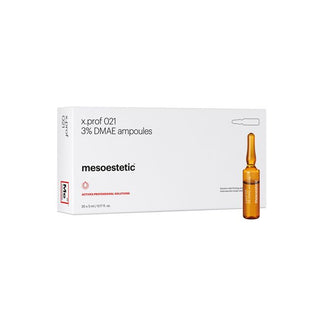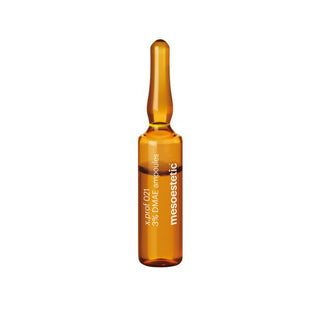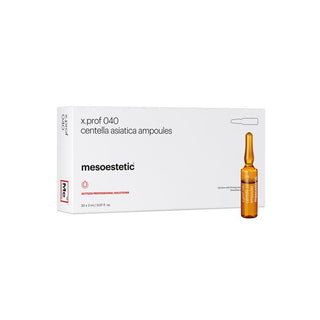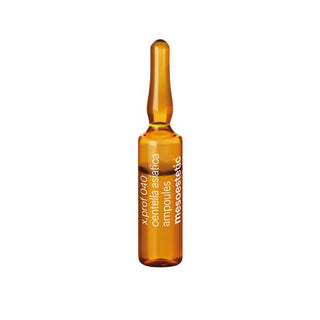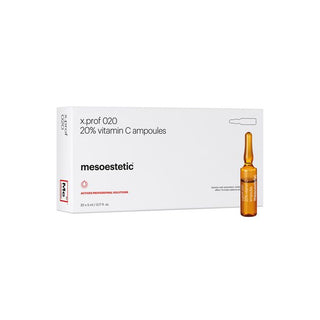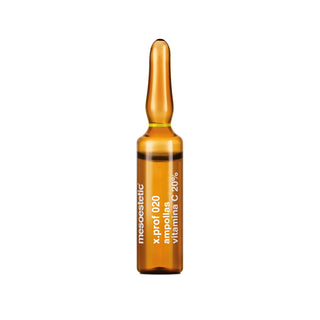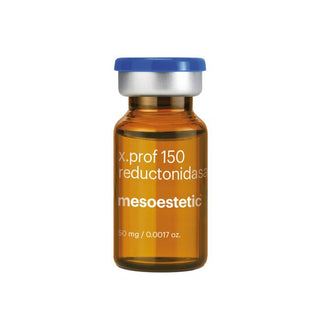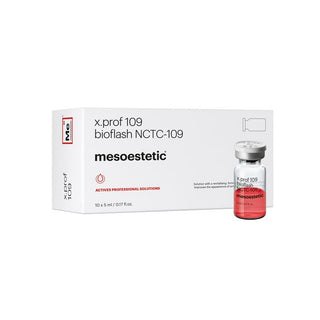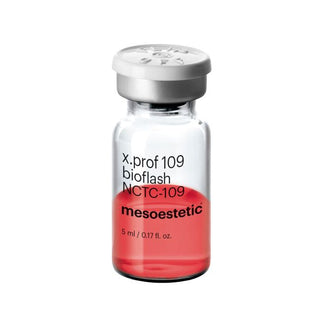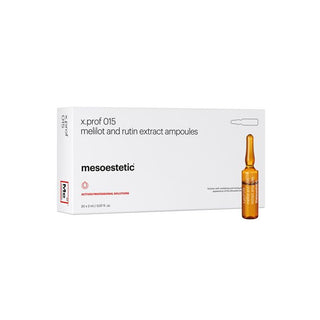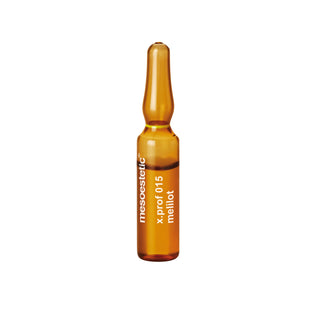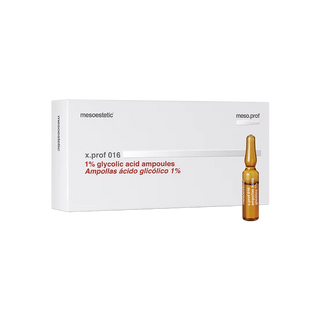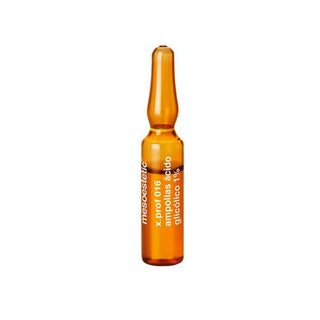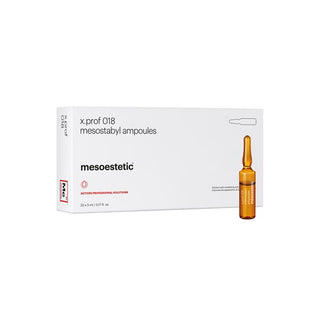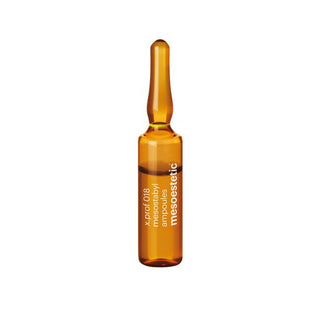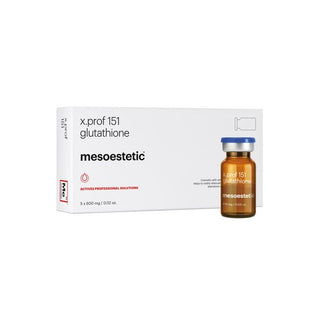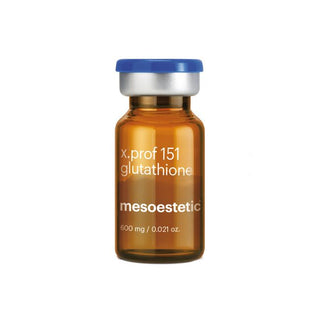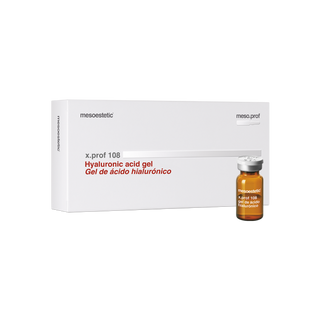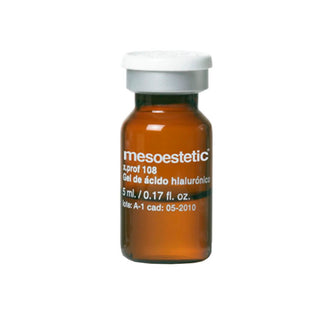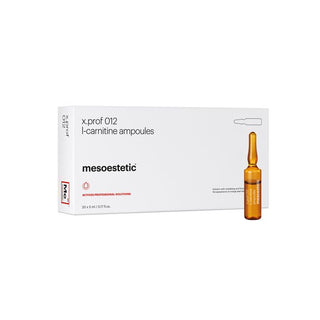
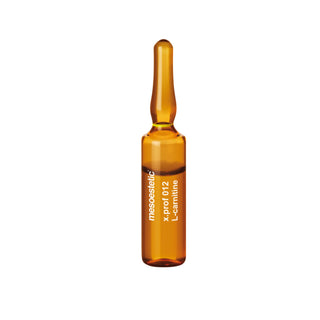



x.prof: active ingredients to design 100% customised treatments x.prof 012: metabolisation of fatty acids - pH 6.0 - 8.0 During the lipolysis process, triglycerides break down into glycerol and fatty acids. These esterified fatty acids have a limited capacity for penetration to the mitochondrion, requiring a physiological carrier. This carrier is L-carnitine, thanks to which activated fatty acids are deviated to oxidation and are not used by the body in the neoformation of triglycerides, limiting cytoplasm bioavailability of activated fatty acids. Its mechanism of action increases the efficacy of other products with lipolytic effect.
Pairs well with
Adding product to your cart
-
About x.prof 012 L-carnitine ampoules
x.prof: active ingredients to design 100% customised treatments
x.prof 012: metabolisation of fatty acids - pH 6.0 - 8.0
During the lipolysis process, triglycerides break down into glycerol and fatty acids. These esterified fatty acids have a limited capacity for penetration to the mitochondrion, requiring a physiological carrier. This carrier is L-carnitine, thanks to which activated fatty acids are deviated to oxidation and are not used by the body in the neoformation of triglycerides, limiting cytoplasm bioavailability of activated fatty acids. Its mechanism of action increases the efficacy of other products with lipolytic effect. -
- L-carnitine
-
Brand meso.prof Product category x.prof Age all Routine stage treatment Type of skin - all
Indication
localised fat.
cellulite.
lipodystrophy.
Treatment area - body

-
TREATMENT AREA - body
FREQUENCY OF USE - TIME OF USE -
🕓 -, -.
-
About x.prof 012 L-carnitine ampoules
x.prof: active ingredients to design 100% customised treatments
x.prof 012: metabolisation of fatty acids - pH 6.0 - 8.0
During the lipolysis process, triglycerides break down into glycerol and fatty acids. These esterified fatty acids have a limited capacity for penetration to the mitochondrion, requiring a physiological carrier. This carrier is L-carnitine, thanks to which activated fatty acids are deviated to oxidation and are not used by the body in the neoformation of triglycerides, limiting cytoplasm bioavailability of activated fatty acids. Its mechanism of action increases the efficacy of other products with lipolytic effect.
- L-carnitine
| Brand | meso.prof |
|---|---|
| Product category | x.prof |
| Age | all |
| Routine stage | treatment |
| Type of skin |
|
| Indication | localised fat. cellulite. lipodystrophy. |
| Treatment area |
|

| TREATMENT AREA |
|
| FREQUENCY OF USE | - |
| TIME OF USE | - |
🕓 -, -.
-

